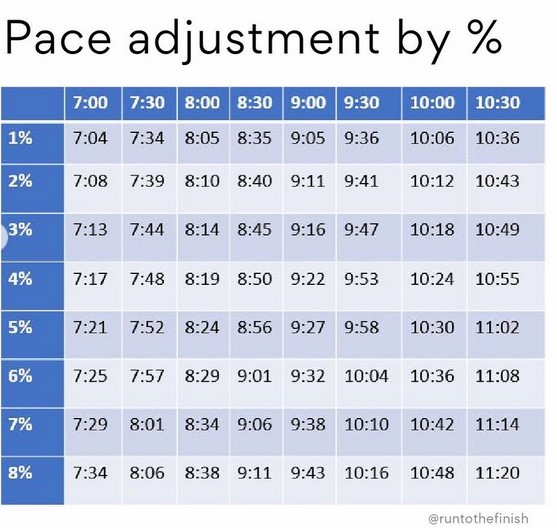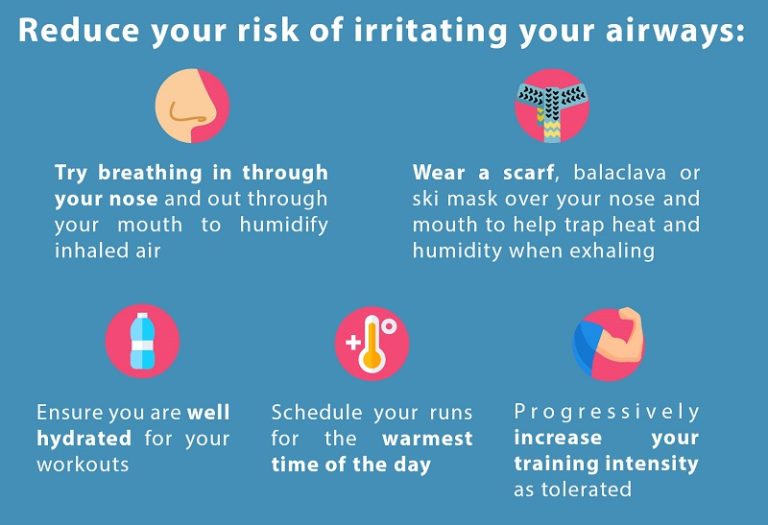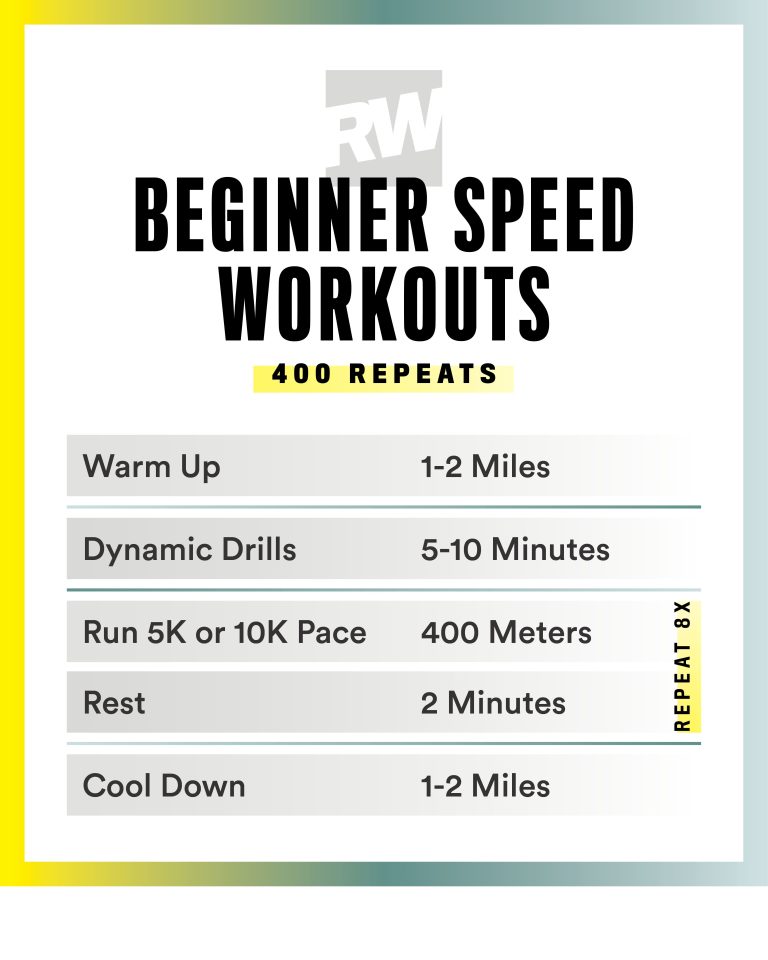How Long Does It Take to Run A Mile? (Averages by Age And Gender)
On average, it takes 9 to 10 minutes to run a mile, with men generally running faster than women. Factors such as age, fitness level, and training can also influence speed.
Running a mile is a common measure of cardiovascular fitness and endurance. Understanding the average times by age and gender can help you set realistic goals and track your progress over time. Whether you’re a beginner looking to improve your mile time or a seasoned runner aiming for a personal best, knowing the average benchmarks can provide valuable insight and motivation.
By regularly challenging yourself and following a structured training plan, you can work towards achieving your desired mile time and enhancing your overall running performance.
Factors Affecting Mile Run Time
Factors such as age and gender play a significant role in determining how long it takes to run a mile. Understanding these averages can help individuals gauge their own performance and set realistic goals for improvement.
Factors Affecting Mile Run Time Age The age of the runner can significantly impact the time it takes to run a mile. As individuals get older, their muscle mass tends to decrease, leading to a decline in speed and endurance. Younger individuals often have more energy and higher metabolism, which can contribute to faster mile run times. Gender Gender also plays a role in mile run times. Generally, males tend to have higher muscle mass and lower body fat percentage compared to females, giving them a natural advantage in speed and endurance. However, individual training and fitness levels can mitigate these differences to some extent. Fitness Level An individual’s fitness level is a crucial factor in determining their mile run time. Those who engage in regular cardiovascular and strength training are likely to have better endurance and speed, resulting in faster mile times. Consistent training, proper nutrition, and rest also significantly impact overall fitness and mile run performance. In conclusion, age, gender, and fitness level are the primary factors affecting mile run times. By understanding these variables, individuals can adapt their training and lifestyle to improve their mile run performance.Average Mile Run Time By Age
When it comes to running, one common question that many individuals have is “How long does it take to run a mile?” This measure varies across different age groups, with age playing a significant role in determining average run times. Let’s explore the average mile run times by age.
Children:
For children, the average mile run time can range from 6 to 12 minutes, depending on age and fitness level.
Teenagers:
In the teenage age group, the average mile run time typically falls between 5 to 10 minutes. Teens tend to have more stamina and speed than younger children.
Adults:
Adults usually complete a mile in 7 to 12 minutes. Factors like fitness level, training, and age can influence this duration.
Elderly:
As individuals age, the average mile run time might slow down to 10 to 20 minutes. It’s essential for elderly runners to listen to their bodies and adjust their pace accordingly.
Average Mile Run Time By Gender
When it comes to running, the average mile run time can vary based on gender.
Let’s explore the average mile run times by gender:
Males
For males, the average mile run time is influenced by various factors.
- Age is a significant factor in determining the mile run time for males.
- On average, males between 20-29 years old run a mile in around 6 minutes and 30 seconds.
- The mile run time generally increases with age in males.
Females
Similarly, females’ average mile run time is impacted by age and other factors.
- Females, on average, tend to have a slightly longer mile run time compared to males.
- For females aged 20-29, the average mile run time is around 7 minutes and 30 seconds.
- Like males, the mile run time tends to increase as females age.

Credit: www.runtothefinish.com
Improving Your Mile Run Time
Looking to improve your mile run time? It takes an average of about 8-10 minutes to run a mile, with fluctuations by age and gender. Strategies such as interval training and strength workouts can help enhance your performance.
Improving Your Mile Run Time Training Techniques When aiming to improve your mile run time, employing a variety of training techniques can be beneficial. Interval training, which involves alternating between periods of intense effort and rest, can help increase your speed and endurance. Incorporating both high-intensity interval training and longer, steady-state runs into your routine can improve your overall mile run performance. Cross-Training In addition to running, engaging in cross-training activities can enhance your mile run time. Cross-training helps to prevent overuse injuries, strengthens different muscle groups, and aids in overall fitness. Activities like cycling, swimming, and strength training provide diverse physical challenges that can complement your running regimen. Proper Nutrition Proper nutrition plays a critical role in improving your mile run time. Eating a balanced diet rich in carbohydrates, proteins, and healthy fats can provide the necessary fuel for your workouts. Prioritizing hydration, consuming nutrient-dense foods, and paying attention to pre-and post-run nutrition can significantly impact your performance. Incorporating these elements into your training routine can contribute to improved mile run times. With dedication and consistent effort, you can see significant progress in your running performance. | Age Group | Average Mile Time (minutes) | |————-|—————————–| | 17-21 | 6:30 | | 22-26 | 7:00 | | 27-31 | 7:30 | | 32-36 | 8:00 | [Source: Runner’s World] Key Takeaways: – Interval training boosts speed and endurance. – Cross-training prevents injuries and strengthens muscles. – Proper nutrition fuels your workouts. By incorporating these factors, you can work towards achieving your target mile run time.Setting Realistic Goals For Mile Run
Setting realistic goals for mile run is essential for a successful fitness journey. Whether you are a beginner or an experienced runner, having a clear understanding of your current fitness level and how to progress gradually can help you stay motivated and avoid injury. Tracking and monitoring your progress along the way is also crucial, as it allows you to see improvements and make necessary adjustments to your training plan. In this article, we will discuss the importance of assessing your current fitness level, the benefits of gradual progression, and effective ways to track and monitor your mile run. Let’s dive in!
Assessing Current Fitness Level
Assessing your current fitness level is the first step towards setting realistic goals for your mile run. It allows you to have a baseline measurement and understand where you stand in terms of speed, endurance, and overall fitness. Here are a few ways to assess your current fitness level:
- Perform a mile run test: Time yourself running a mile at your maximum effort. Note down your time and use it as a starting point for improvement.
- Monitor your heart rate: Check your resting heart rate and your heart rate during physical activity. Lower resting heart rate indicates better cardiovascular fitness.
- Check body composition: Assess your body fat percentage and muscle mass. This can be done through various methods such as skinfold measurements or bioelectrical impedance.
Gradual Progression
When it comes to improving your mile run time, gradual progression is key. It allows your body to adapt to the increased intensity and reduces the risk of injury. Here are some tips for gradual progression:
- Start with a manageable distance: If you are a beginner, start with shorter runs and gradually increase the distance over time.
- Focus on consistency: Aim for regular runs throughout the week rather than sporadic intense sessions. Consistency builds endurance and helps in steady progress.
- Incorporate intervals: Intervals involve alternating between high-intensity bursts and lower-intensity recovery periods. This helps in increasing speed and cardiovascular fitness.
Tracking And Monitoring
Tracking and monitoring your mile run progress is crucial to stay on track towards your goals. It allows you to evaluate your performance and make necessary adjustments. Here are some effective ways to track and monitor:
- Keep a running log: Write down your mileage, time, and any other relevant details after each run. This helps in identifying patterns and tracking improvements.
- Use smartphone apps or fitness trackers: Many apps and fitness trackers allow you to track your runs, distance, pace, and heart rate. They provide a comprehensive overview of your progress.
- Set benchmarks: Choose specific milestones or races to assess your progress periodically. This gives you a target to work towards and helps in maintaining motivation.
By assessing your current fitness level, progressing gradually, and tracking your progress, you can set realistic goals for your mile run and work towards achieving them. Remember to listen to your body, enjoy the process, and celebrate small victories along the way. Happy running!

Credit: www.medicalnewstoday.com

Credit: www.quora.com
Frequently Asked Questions For How Long Does It Take To Run A Mile? (averages By Age And Gender)
How Long Does It Take To Run A Mile On Average?
The average time it takes to run a mile varies based on age and gender, but generally falls between 9 and 12 minutes.
How Does Age Affect The Average Mile Time?
As people age, their average mile time tends to increase due to changes in fitness levels and muscle mass.
Is There A Difference In Average Mile Times Between Genders?
Yes, on average, men tend to have faster mile times than women due to differences in physiology and muscle composition.
Conclusion
The time it takes to run a mile varies with age and gender. Understanding these averages can help individuals set realistic goals and track their progress. Tailoring training and expectations based on these factors can lead to improved performance and a healthier running experience.
Keep these insights in mind as you pursue your running endeavors.







